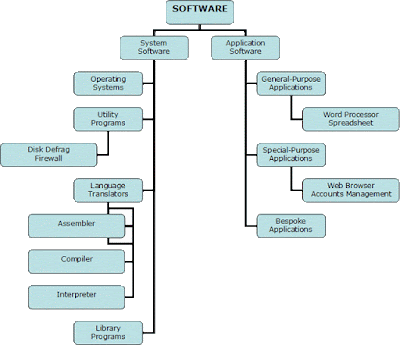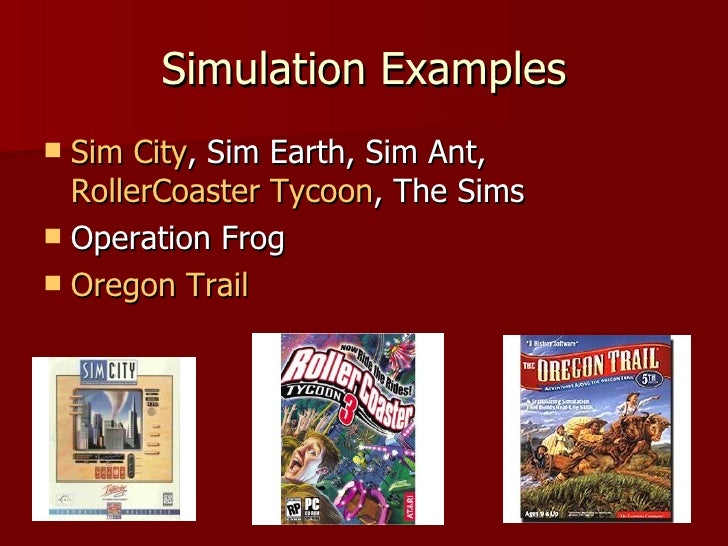


Look at the manufacturing process, strip out anything that does not add value to the customer, and you'll arrive at a cheaper, faster way of building a car. And we are reducing that timeline by removing the non-value-added wastes. This is how Ohno described the essence of the TPS:Īll we are doing is looking at the timeline from the moment a customer gives us an order to the point when we collect the cash. However, Japan's economy simply wasn't large enough to create the necessary demand for thousands of cars. This would mean producing thousands of units of the same type of car. For Toyota to succeed, they had to reduce the price of cars by reducing the cost of manufacturing.Īt that time, the only recognized means of manufacturing cost reduction was mass production. And yet, the typical potential car buyer in Japan didn't have a great deal of money. Manufacturing an automobile was an expensive process, and thus cars carried hefty price tags. To understand Ohno's focus on waste elimination, you must first understand a bit of the problem faced by Toyota in the late 1940's. īut what exactly is waste, and why is its elimination important? Taiichi Ohno, father of the TPS, called it a management system for "the absolute elimination of waste". Waste elimination can be traced all the way back to the the mid-1900's, the birth of lean manufacturing, and the Toyota Production System (TPS). Today I'd like to start a brand new series, the focus of which is the elimination of waste from our software development efforts.


 0 kommentar(er)
0 kommentar(er)
